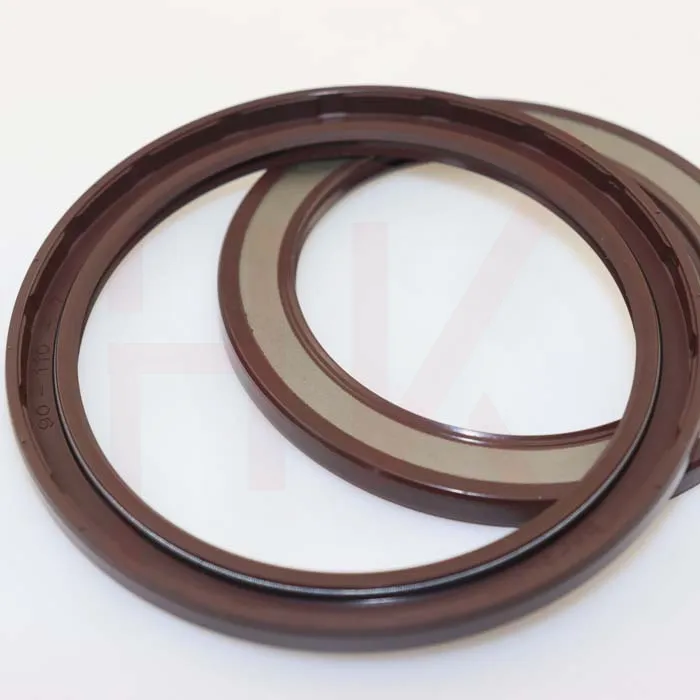Nov . 04, 2024 22:34 Back to list
dust seal vs oil seal
Dust Seal vs. Oil Seal Understanding the Key Differences
When it comes to machinery and automotive applications, seals play a crucial role in maintaining equipment performance and longevity. Two common types of seals are dust seals and oil seals. Although they may appear similar at first glance, each serves a distinct purpose and is designed for specific applications. Understanding the differences between dust seals and oil seals can help in making informed decisions for maintenance and repair.
Dust Seals A Barrier Against Contaminants
Dust seals, as the name suggests, are primarily designed to protect machinery from external contaminants, particularly dust, dirt, and debris. They are often used in environments where exposure to harsh conditions is a concern. Common applications include off-road vehicles, construction equipment, and industrial machinery. Dust seals are typically made from robust materials, such as rubber or polyurethane, that provide a tight fit to prevent ingress of tiny particles.
The structure of a dust seal often includes a lip or flap that creates a barrier against contaminants while allowing for some movement. This feature is essential in applications where the sealed component needs to move, such as in suspension systems or rotating shafts. However, it's important to note that dust seals are not designed to prevent the leakage of liquids.
Oil Seals Keeping Lubricants Contained
dust seal vs oil seal

On the other hand, oil seals are specifically engineered to retain lubricants and prevent leakage between stationary and moving parts. They are vital in applications where oil or other fluids are used for lubrication, such as engines, gearboxes, and pumps. Oil seals are usually designed with a double lip or a spring-loaded lip, which provides an effective seal against both the internal pressure of the fluid and external contaminants.
The primary function of an oil seal is to maintain the integrity of the lubricant, ensuring that it remains within the machinery to minimize wear and enhance efficiency. Unlike dust seals, oil seals have to withstand internal pressure and are designed to handle specific viscosity ranges of fluids.
Choosing the Right Seal
When deciding between a dust seal and an oil seal, it is crucial to consider the application and the specific requirements. If the primary concern is to block out dirt and debris in a rugged environment, a dust seal is the right choice. Conversely, if the goal is to prevent oil leakage and maintain fluid levels, an oil seal is necessary.
In conclusion, while both dust seals and oil seals serve protective roles in machinery, they address different issues. Understanding their functions and applications can help ensure better maintenance practices, ultimately extending the life of equipment and improving performance.
-
The Trans-formative Journey of Wheel Hub Oil Seals
NewsJun.06,2025
-
Graphene-Enhanced Oil Seals: Revolutionizing High-Pressure Oil Sealing
NewsJun.06,2025
-
Future of Hydraulic Sealing: Advanced Intelligent TCN Oil Seals
NewsJun.06,2025
-
Don’t Let a Broken TCV Oil Seal Ruin Your Day
NewsJun.06,2025
-
Bio-Inspired Dust Seals for Better Sealing Performance
NewsJun.06,2025
-
Biodegradable and Sustainable Hydraulic Seal Materials
NewsJun.06,2025
-
Top Oil Seal Solutions for Your Industrial Needs
NewsMay.22,2025
Products categories
















